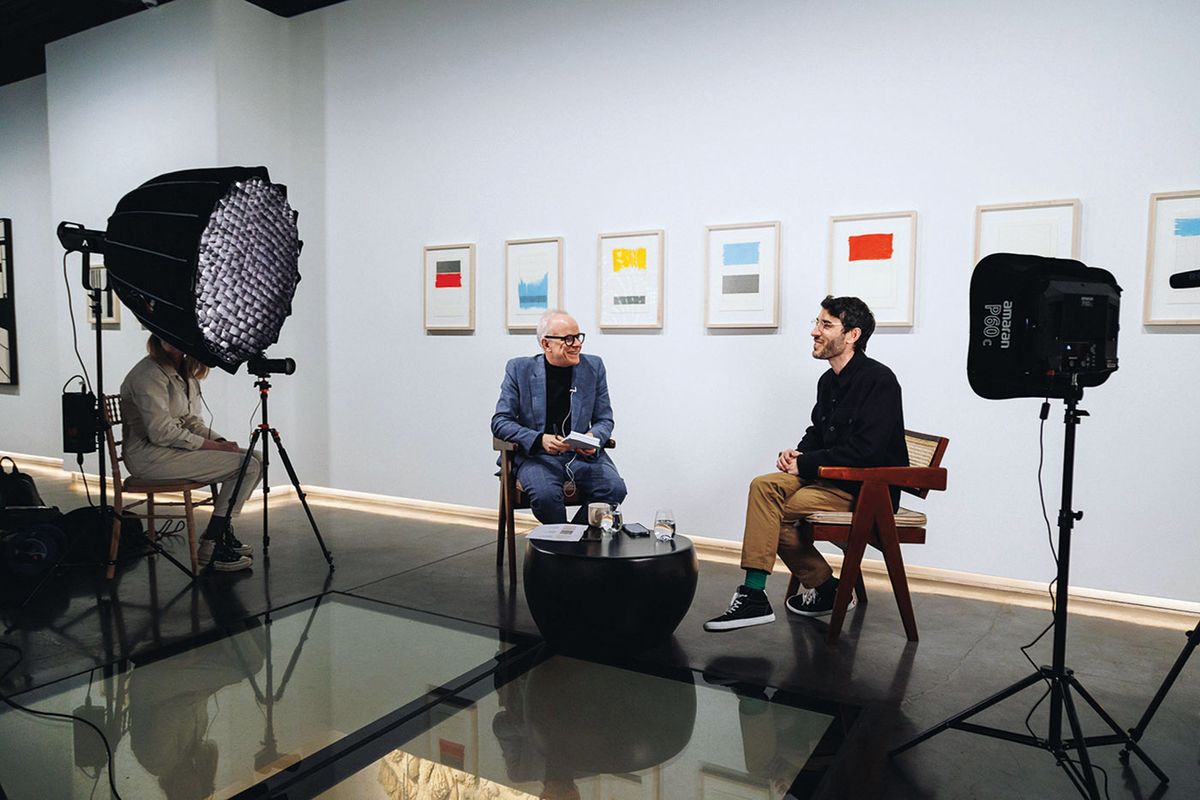Eleven years ago, two 20-somethings with no art business knowledge started a roving art gallery called Unit. Five years later, they opened a permanent gallery space in Mayfair, central London. How? Mostly through the power of Instagram.
“We didn’t have any of the traditional things you would need to start a gallery, like a contact book of collectors or curators or press. We didn’t have a space. We didn’t really have any resources,” says Joe Kennedy, who co-founded the gallery with his high school friend Jonny Burt. “So social media was definitely fundamental for us. It was the engine fuel that got us off the ground.”
Kennedy and Burt used Instagram to build an audience, find collectors, promote and find artists, connect with museum curators, and regularly sell work. In 2016 the pair told Business Insider that they were making around 50% of their sales online. At that time, the gallery had 55,000 Instagram followers, which was “almost unheard of in the fine art world”; now it has 568,000.
Kennedy and Burt faced a lot of scorn from the traditional gallery scene at the time, partly because of their age and inexperience but also because of their online presence. “Our drive for social media did ruffle people’s feathers but at the same time I think there were a lot of galleries looking at what we were doing and thinking, ‘OK, maybe there is merit to this’,” Kennedy says.
But Kennedy argues that high-end galleries seem to have developed unspoken rules for social media: “If you want to be a blue-chip gallery, you have to conform to certain visual standards or conventions, and the language has to be a certain way,” he says. This has often led commercial galleries to have quite uniform and uninspiring Instagram accounts that seem to act more like visual press releases than a tool for innovation and engagement.

Kennedy acknowledges that while Instagram is now “a different platform” than it was ten years ago, he still believes it can play an important part in the gallery’s future
Joe Kennedy, co-founder, courtesy of Unit Gallery
Kennedy admits that Unit has lost its way on social media over the past decade. “I think as we’ve grown we’ve become more of a ‘gallery’. I think with that comes certain traps of falling into convention, and acting like how a gallery ‘should’ behave on Instagram,” he says.
But Unit has recently hired a new communications team and is now working to completely reshape its content strategy to be closer to its original purpose. “A lot of the content that we were posting in the beginning was distilling art into something digestible and compelling for the everyday person,” Kennedy says. The gallery is planning to post more shareable content such as quotes and videos; archival materials that shine a light on creativity; content created by other accounts; and more collaborative posts.
While Kennedy acknowledges that Instagram is now “a different platform” with “different rules” to those it had ten years ago, he still believes it can play an important part in the gallery’s future. “The big thing with social media is adapt or die,” he says. “We have an incredible audience on Instagram and, as we’ve always said, we’re a social media-first gallery.” And what else is on the gallery’s long-term content strategy? TikTok, TikTok…


